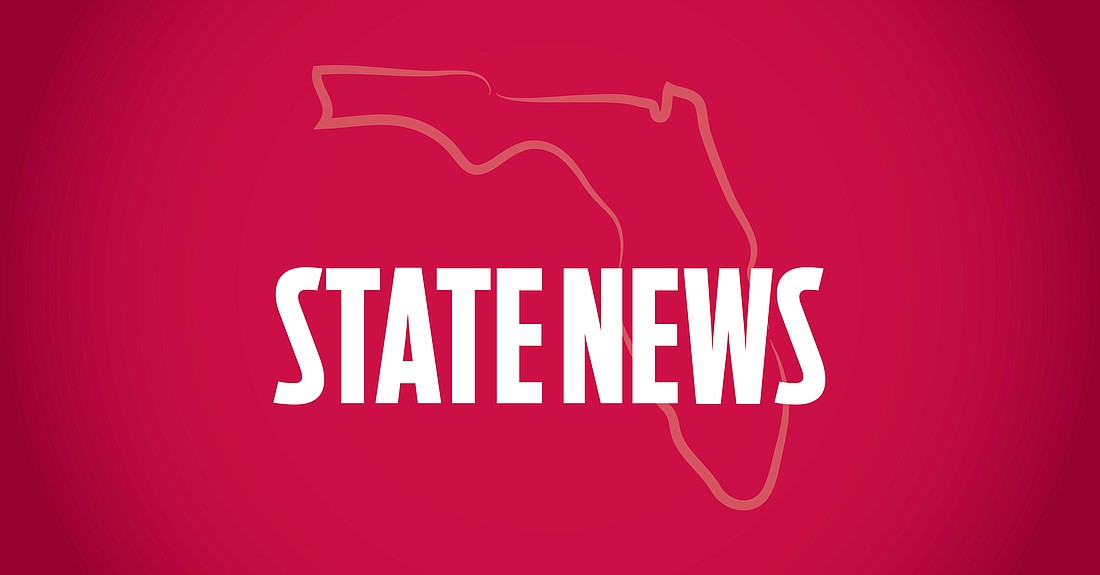- December 15, 2025

TALLAHASSEE — After President Donald Trump on Monday issued an executive order to rename the Gulf of Mexico as the Gulf America, Florida Gov. Ron DeSantis jumped on the idea.
In an order he issued about this week’s winter storm, DeSantis referred to an “area of low pressure moving across the Gulf of America.”
But changing the name of a water body that is integral to Florida might not be so simple.
A computer search of Florida laws shows at least 55 statutes include references to the Gulf of Mexico, while local-government ordinances also are tied to the traditional name.
Some of the references in state laws play fundamental roles. For example, the legal descriptions of boundaries of gulf-front counties from Escambia to Collier include references to the Gulf of Mexico.
Part of a legal description of a boundary line of Dixie County, for instance, says it goes “southerly down the thread of the main stream of said Suwannee River to the Gulf of Mexico; thence along said Gulf of Mexico, including the waters of said gulf within the jurisdiction of the State of Florida, to the mouth of the Steinhatchee River.”
But references to the Gulf of Mexico also show up in myriad other ways, including in parts of state laws related to the Board of Internal Improvement Trust Fund — another name for DeSantis and the state Cabinet when they deal with land-related issues — and to beach projects.
For example, one law says the Department of Environmental Protection “shall develop and maintain a comprehensive long-term beach management plan for the restoration and maintenance of the state’s critically eroded beaches fronting the Atlantic Ocean, Gulf of Mexico, and Straits of Florida.”
Other references to the Gulf of Mexico show up in laws dealing with issues such as coastal construction, tourist-development taxes, the definitions of water management districts and an agreement with other states known as the Gulf States Marine Fisheries Compact.
One part of state law defines coastal barrier islands as meaning “geological features which are completely surrounded by marine waters that front upon the open waters of the Gulf of Mexico, Atlantic Ocean, Florida Bay, or Straits of Florida and are composed of quartz sands, clays, limestone, oolites, rock, coral, coquina, sediment, or other material, including spoil disposal, which features lie above the line of mean high water.”
In addition to the state laws, a spot check of ordinances in gulf-front Pinellas and Sarasota counties showed numerous references to the Gulf of Mexico.
Florida lawmakers and DeSantis could have a way to update state laws to change references from Gulf of Mexico to Gulf of America. The Legislature regularly passes what are known as “reviser’s bills” that do such things as change terms in laws.
Reviser’s bills usually pass easily without controversy. But Trump’s executive order on the Gulf of America has drawn attention across Florida and other parts of the country.
The executive order addressed federal references to the gulf’s name, directing the U.S. Board on Geographic Names to “provide guidance to ensure all federal references to the Gulf of America, including on agency maps, contracts, and other documents and communications shall reflect its renaming.”
“The Gulf will continue to play a pivotal role in shaping America’s future and the global economy, and in recognition of this flourishing economic resource and its critical importance to our Nation’s economy and its people, I am directing that it officially be renamed the Gulf of America,” the executive order said.